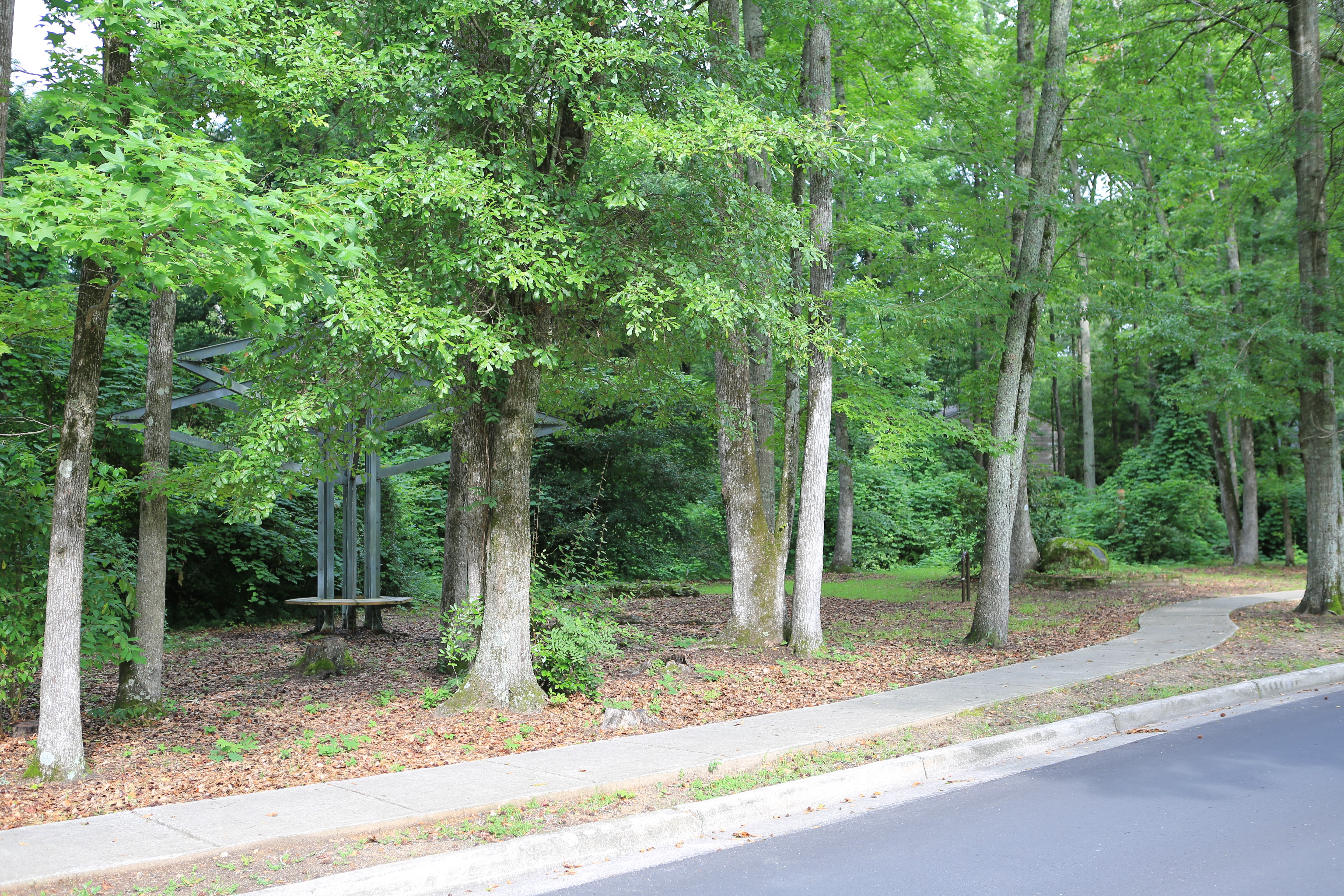Methods of Land Aquisition
Conservation Easement
- A legal agreement between a landowner and the City, it is a flexible land protection tool
- Permanently limits the uses of the land in order to protect its conservation or recreation values
- Conveys a permanent right of public access across the property for a greenway
- The land remains in private ownership
- Can be tailored to meet the financial and personal needs of the landowner as long as the land's conservation and recreational values continue to be protected
- May qualify as a tax-deductible charitable donation, resulting in federal income tax benefits for the landowner
- Landowner may also gain reduced property taxes and estate tax benefits
Land Donation
- An outright donation of land for the purposes of open space
-
May be the best land protection strategy if the landowner:
- does not wish to pass the land along to heirs
- owns property he or she no longer uses
- owns highly appreciated property
- has substantial real estate holdings and wishes to reduce the potential estate tax burden
- would like to be relieved of the responsibility of caring for the land
- May qualify as a tax deductible charitable donation, resulting in federal income tax benefits for the landowner, while avoiding any capital gains taxes that would have resulted from selling the property
- May provide estate tax benefits by reducing the value of the landowner's estate
Bargain Sale
- Sale of land by the landowner to the City for less than the appraised fair market value of the land
- Combines the income-producing benefit of the sale with the tax-reducing benefits of a donation
- Provides cash to the landowner, avoids some capital gains tax, and provides a potential charitable income tax deduction based on the difference between the land's fair market value and its sale price
Fee Simple Acquisition
- The outright sale of land by a private landowner to the City for a greenway, based on an agreed upon sale price
Land Trust
- A non-profit, community-based organization that collaborates with citizens, governmental entities, developers and businesses to preserve the quality of life through land use, acquisition, and preservation
- A partnership designed to "merge the creative energies of the public and private sectors in the creation of a strong sense of community in every area of life"
- Since 1968, the number of local and regional land trusts in the United States has increased by 68%, to over 1,200. These trusts have protected more than 5 million acres of open space, and they have more than 1 million members in total.
- Land trusts employ all the aforementioned methods of land acquisition to protect land for future generations; however, conservation easements are by far the fastest-growing land protection strategy of local land trusts.
-
Some of the responsibilities of a land trust:
- Manage land owned by others
- Advise landowners on how to preserve their land
- Help negotiate conservation transactions
- Evaluate open space needs
- Assist in the development of open space plans
- Therefore, a land trust represents a long-term and on-going financial commitment to the community it serves.


